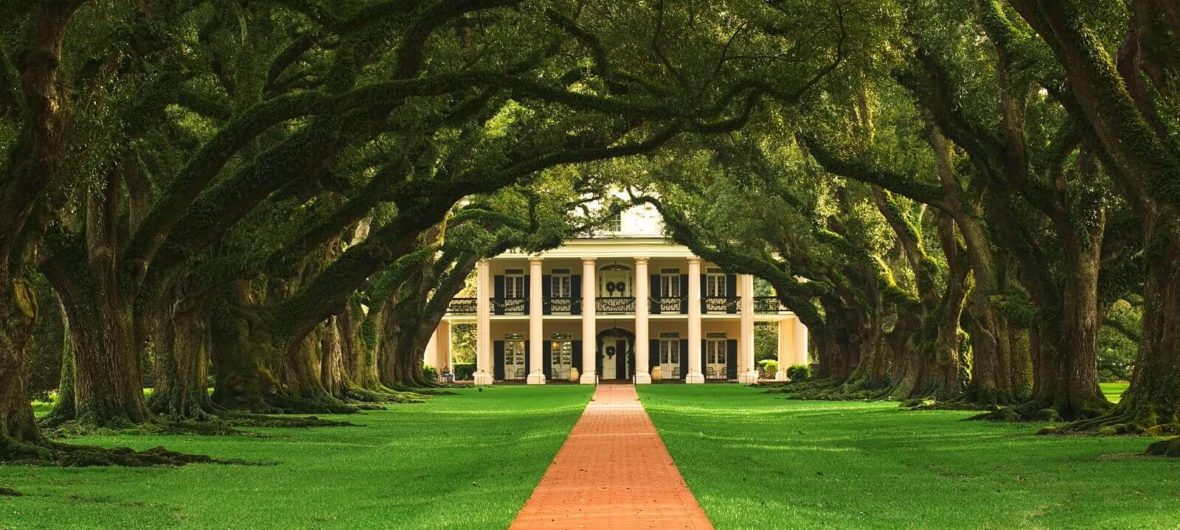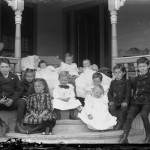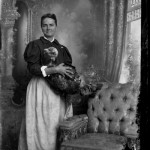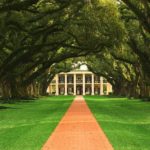The town of Vacherie gets its name from the Cajun French term for “cattle fields”, since it sits on the high, west bank of the Mississippi River used for livestock. Vacherie, originally named Tabiscanja (“long river view”) by the Colapissa Indians, has also been known as St. Patrick and St. Philip over the years.
Vacherie was a mélange of cultures where the downriver Germans and the upriver Acadians blended to create a French-speaking community in the heart of Creole Louisiana. As its early plantation economy developed, slaves from West Africa and the Caribbean contributed many of the lasting influences on the food traditions of the region. Sugar, indigo, cotton, soybeans, rice, tobacco, and many fruits and vegetables have been grown there, and some are still farmed. Bound to the south by rich swamps surrounding Lac des Allemands, seafood and many forms of wild game are also plentiful.
Nestled among the cane fields of St. James Parish, today the small community of Vacherie is home to historic plantation sites and large extended families. The residents of Vacherie thrive on the opportunity to share their cuisine of old recipes with those who visit.
The photos below are of were taken by Olide Schexnaydre between 1885-1910 in St. James and St. John the Baptist parishes, where the town of Vacherie is today. Schexnaydre was considered one of the best photographers in the state at the time. Schexnaydre’s collection is held at the Louisiana State Museum.














